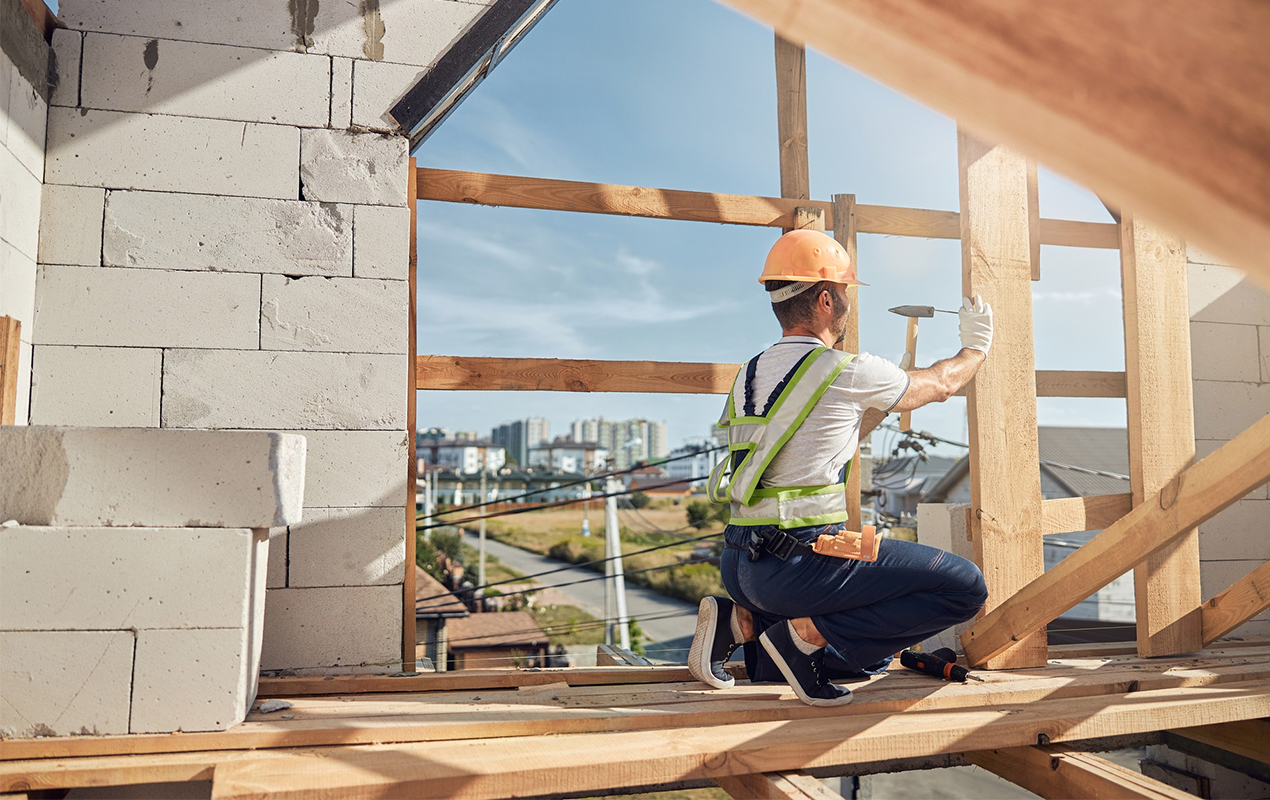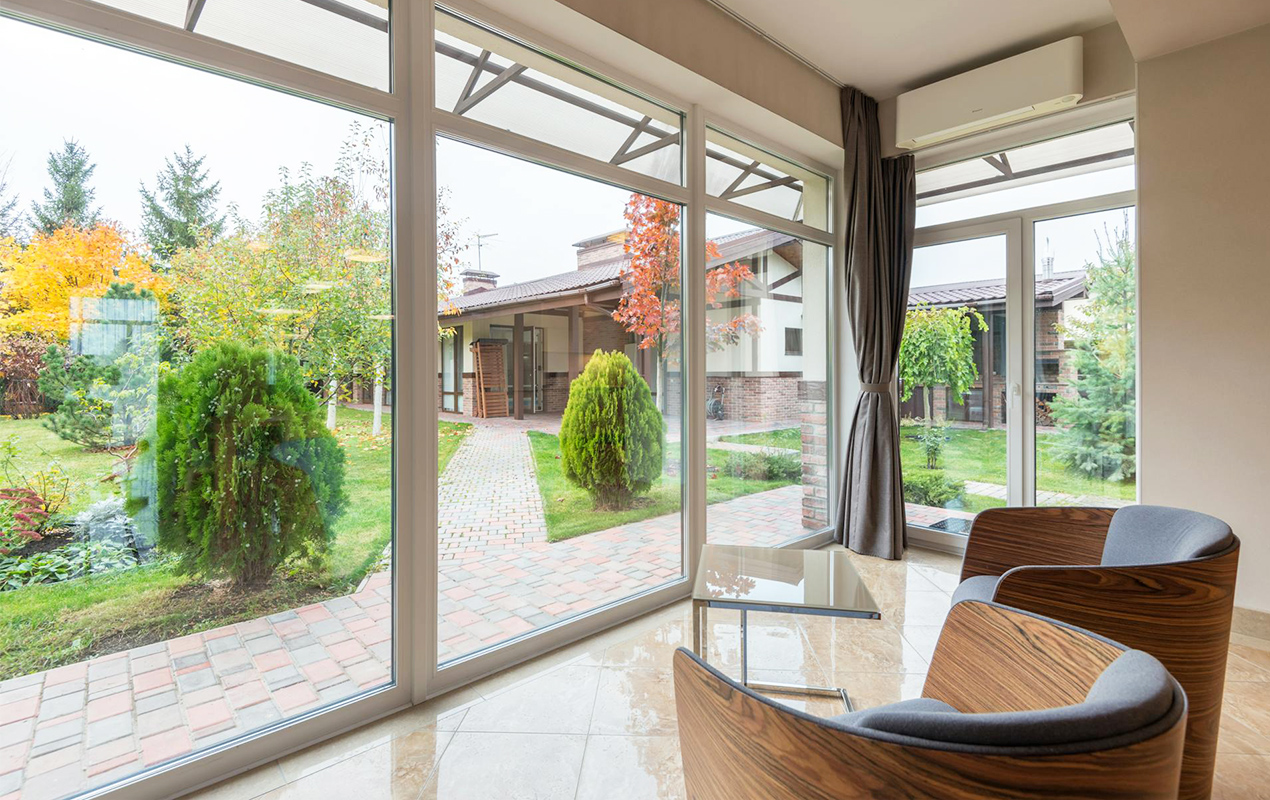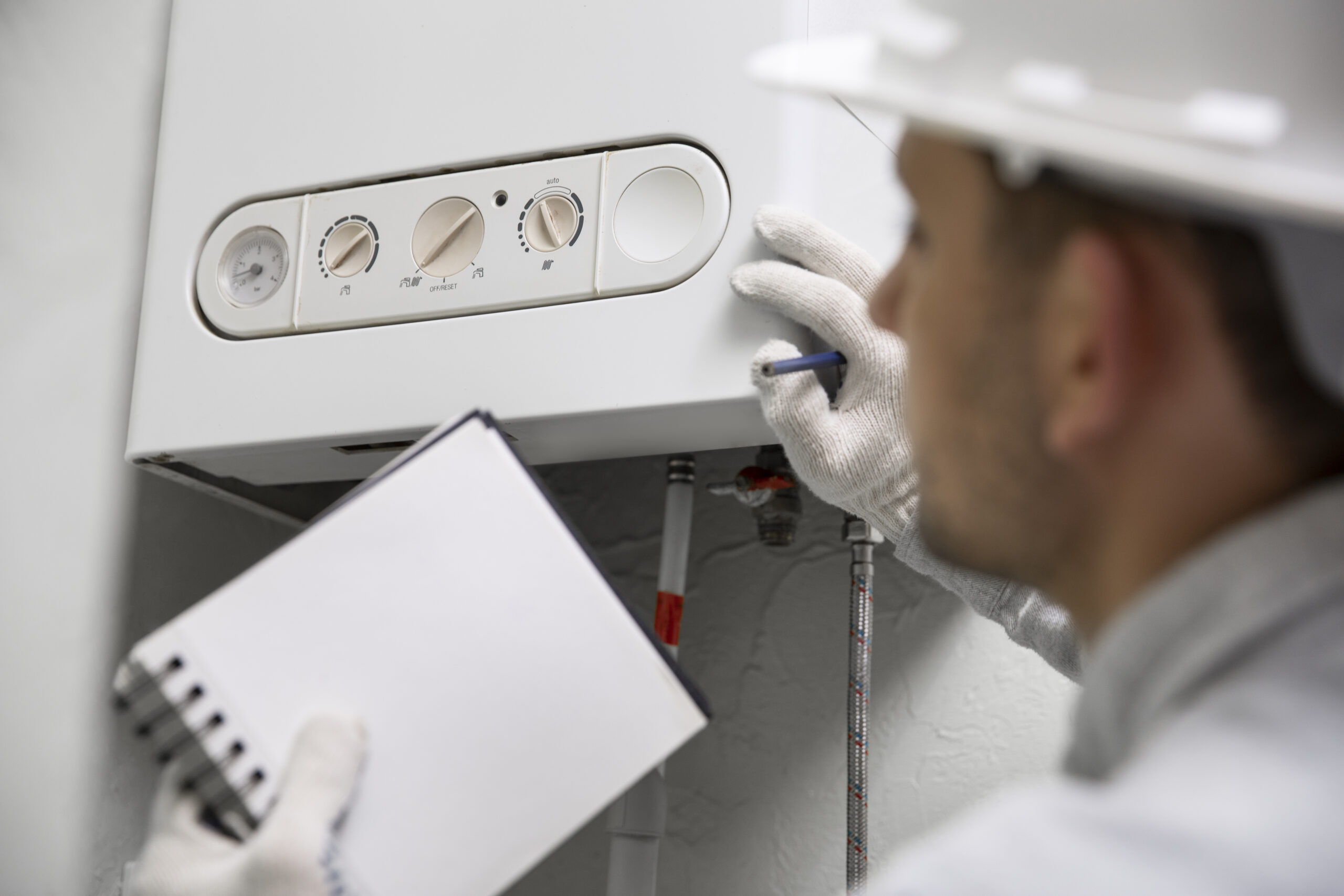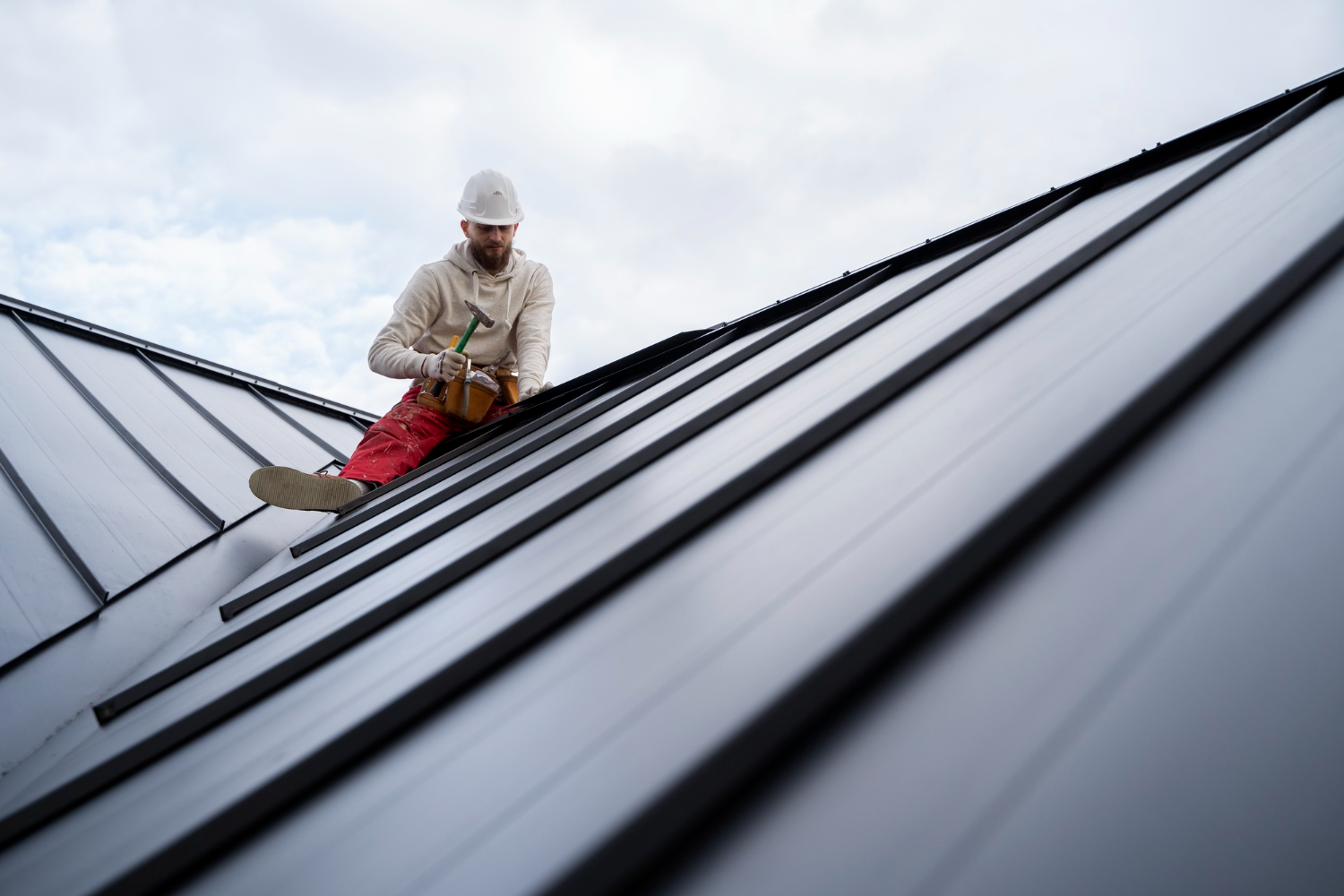Blog
Beneath The Surface: Causes Of Foundation Problems And How To Address Them

The stability and safety of any building largely depend on the robustness of its foundation. However, foundations, not immune to problems, can compromise the entire building structure when issues arise. Understanding the root causes of foundation problems is crucial for homeowners, builders, and architects alike.
This article delves into the common causes of foundation issues and offers insights into effective solutions.
Water-Related Issues: Drainage And Waterproofing Concerns
Water plays a critical role in the health of building foundations, and managing it is key to preventing foundation damage. Some causes of water-related issues include:
- Impact of Poor Drainage: Inadequate drainage can lead to water pooling around the foundation. This excess moisture can soften or erode the soil, undermining the foundation’s support. In areas with expansive soils, such as clay, the problem is exacerbated as these soils swell when wet, exerting additional pressure on the foundation.
- Dangers of Inadequate Waterproofing: Moisture can seep into the foundation without proper waterproofing, leading to cracks and structural weakening. Over time, this moisture infiltration can cause significant damage, including mold growth and basement flooding.
To mitigate these risks, several measures are highly advisable:
- Enhance Drainage Systems: Enhancing drainage systems involves sloping the landscape away from the foundation to facilitate water runoff. Install or upgrade French drains to redirect water away from the foundation. Regularly clean and maintain gutters and downspouts to ensure efficient water diversion.
- Implement Waterproofing Measures: Apply waterproof coatings to the exterior foundation walls. Use durable foundation sealant for cracks and joints in the foundation to prevent moisture intrusion. Basement waterproofing solutions help prevent moisture issues and structural damage. Lastly, install sump pumps in basements or crawl spaces for active water removal (for larger areas, consider commercial sump pumps).
Proactive water management through improved drainage and effective waterproofing is essential in safeguarding the foundation from water-related damages. Regular inspection and maintenance of these systems are also crucial in ensuring their effectiveness. For more detailed information and solutions for water-related foundation issues, homeowners and builders can visit this website or consult professionals.
Geological Factors: The Role Of Soil And Environmental Conditions
The type of soil beneath a building is a critical factor influencing the stability of its foundation. Various soil types exhibit distinct characteristics that directly impact foundation integrity. These include:
- Clay Soils: These soils are highly susceptible to moisture changes. They expand when they absorb water and shrink upon drying, leading to a phenomenon known as soil heave. This can cause the foundation to settle unevenly, resulting in cracks and structural damage. Clay soils are particularly problematic in regions with fluctuating moisture levels.
- Silt Soils: Silt, with its fine particles, retains water for longer periods, which can lead to excessive moisture beneath the foundation. Excess moisture retained by silt soils can weaken the foundation, making it susceptible to shifting and cracking.
- Sand Soils: While sandy soils offer excellent drainage, their coarse particles do not bind tightly, resulting in reduced stability for foundations. This can concern heavier structures requiring a more solid base to prevent settling or shifting.
- Loam Soils: Often considered ideal for foundation support, loam soils are a balanced mix of sand, silt, and clay. They provide good drainage while maintaining sufficient stability, reducing the risk of foundation problems.
Moreover, environmental factors, such as extreme weather changes, can exacerbate the issues associated with different soil types. For example, prolonged drought can cause clay soils to shrink excessively, while heavy rainfall can lead to over-saturation of silt soils.
To mitigate these risks, several steps are recommended:
- Soil Testing: Conducting comprehensive soil testing before construction is imperative. This process helps determine the soil composition, moisture content, and load-bearing capacity, guiding the selection of an appropriate foundation design.
- Foundation Design: Based on the soil test results, engineers can choose a foundation type that best suits the soil conditions. Options include slab-on-grade, crawl space, or basement foundations, each with its advantages depending on the soil type.
- Underpinning for Existing Buildings: Underpinning is a viable solution for structures already experiencing foundation issues due to soil problems. Techniques such as installing helical piers or concrete underpinnings can effectively stabilize and strengthen the existing foundation. These methods involve extending the foundation to more stable soil layers or augmenting the foundation’s load-bearing capacity.
Addressing soil-related foundation problems requires a combination of preemptive measures and remedial actions. By understanding the soil type and its properties, builders and homeowners can make informed decisions to ensure their structures’ long-term stability and safety.
Construction & Material Quality: The Foundation Of The Problem
The longevity of a foundation significantly depends on the quality of construction and materials used. Key factors impacting foundation integrity include:
- Soil Compaction: Proper soil compaction is essential for a stable foundation. Insufficient compaction can lead to settling and uneven support for the foundation, causing cracks and structural weaknesses.
- Concrete Quality: The strength and durability of the foundation heavily rely on the quality of the concrete used. Low-quality concrete may deteriorate quickly, leading to foundation degradation and potential failure.
- Adherence to Building Codes: Compliance with local building codes and standards is crucial. These regulations ensure construction practices and materials meet the required safety and quality benchmarks.
When construction quality issues compromise the foundation, remedial actions are necessary:
- Professional Assessment: A thorough evaluation by an engineering firm specializing in structural or foundation engineering is vital to determine the extent of damage and the best course of action.
- Repair Strategies: One strategy is foundation repair and reinforcement, which may involve adding steel braces, carbon fiber strips, or employing underpinning methods to strengthen the existing foundation. Also, in severe cases, partial or complete rebuilding of the foundation may be required. This is a more extensive solution, typically reserved for critically compromised foundations.
Ensuring high construction quality from the outset is imperative for foundation longevity. Regular inspections and timely interventions can prevent minor issues from escalating into major foundation problems.
Aging & Wear: Time Takes Its Toll
Over time, foundations naturally degrade due to wear and tear. Factors like minor earthquakes, tree root growth, and natural settling of the soil can contribute to this degradation. Regular inspection and maintenance are key to identifying and addressing these issues early. For aging foundations, solutions may include sealing cracks, installing root barriers, or undertaking structural repairs. In some cases, retrofitting the foundation with modern reinforcement techniques can significantly extend its lifespan.
Final Thoughts
Foundation problems, though challenging, aren’t insurmountable. Understanding the underlying causes is the first step toward effective solutions. By taking proactive measures, employing the right techniques, and seeking professional help when necessary, the longevity and safety of a building’s foundation can be significantly enhanced.

















